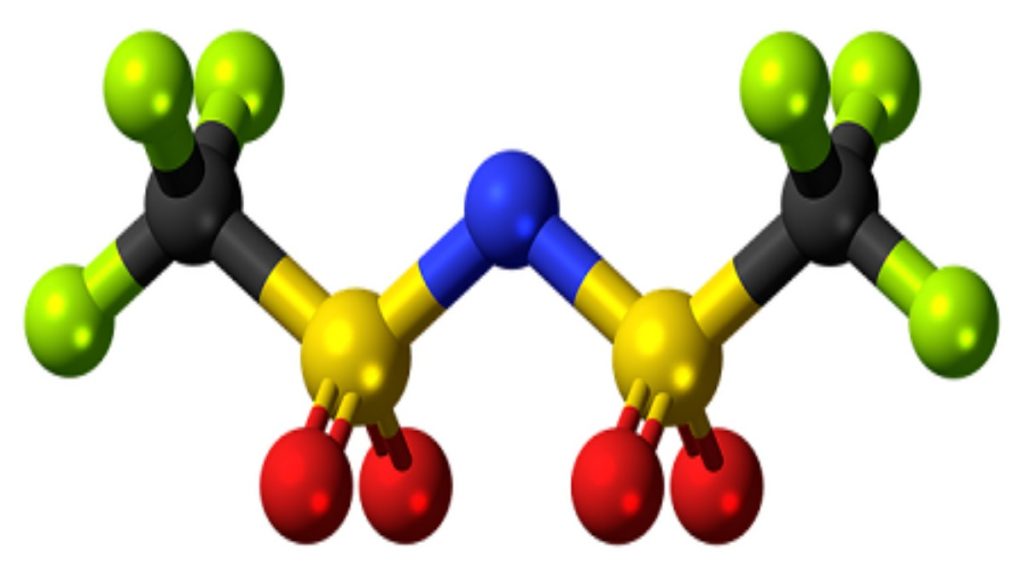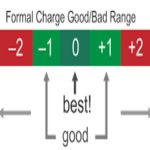Now, I’ve mentioned earlier that there’s a difference between the formal and the actual charge. Formal charge is a bookkeeping tool that is important to help us keep track of the electron flow in the reaction.
The actual charge, however, is the actual electron density that is present on the atom. For instance, let’s take a look at borohydride anion:

Formal charge on boron in a borohydride anion
The electronegativity of boron is 2.0 while electronegativity of hydrogen is 2.2. So, the hydrogen is more electronegative (not by much but still) and will polarize the bond. This means that hydrogen actually “pulls” the electron density towards itself. Thus:
 Formal charge in borohydride ion vs the actual charge distribution in the anion
Formal charge in borohydride ion vs the actual charge distribution in the anion
While formal charges are merely a “formality,” they are very important for the reactions mechanisms understanding. Thus you need to make sure you master the skill of quickly finding the formal charge.
You also notice that I’ve indicated my real electron densities with the delta-minus (훿-) symbol. That denotes that I only have a partial negative charge on each of the hydrogens. How much of that partial charge we have on them? Well, we could calculate it using fancy quantum chemical calculations, but that’s utterly unnecessary for the purposes of a typical organic chemistry course. What’s more important, is to realize that the boron is not actually negatively charged in this molecule. So, when we write a reaction with a borohydride anion, we won’t be showing electrons coming from boron!

Example with borohydride anion
Notice how in the example above my arrow starts at the H-B bond and not at the boron atom! That’s because it’s not the boron that is a source of electron density here! You remember from earlier in this post, it’s the hydrogens are the atoms with the 훿-. So now it makes sense that the arrow doesn’t start at boron.


